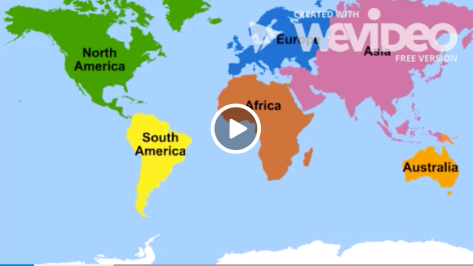Throughout all of my time observing lessons in the third grade classroom at Hannah Gibbons, I have seen many benefits of the use of technology within the classroom. After observing many lessons within this classroom, I have seen the integration between the students, objects within the classroom, different resources, and technology that help make up distributed cognition. All of these aspects all come together to benefit the cognitive learning process. Integrating technology helps to increase the learning process and distributed cognition within the classroom.
While observing most of the lessons in my classroom, the students everyday, work on the computers in the back of the room on Moby Max. While some students take the time to really focus on the activities at hand, most students I have observed do not take advantage of the effects that this technology has on their education and growth in learning. As mentioned in another essay, some students rush through the work so they can be done quickly. Other students do not do the work at all and instead take advantage of the computer time by playing games and doing other things on the computers that do not pertain to what they should be doing. In this case, this technology time does not make students smarter but rather works as a play time for students. While the teacher can use these formative assessments as monitoring, she does not always take advantage of this tool and just lets the students get away with not working on what they are supposed to work on. I do however feel as if this technology could work as a scaffold to making students smarter but not actually make them smarter. I believe that technology can work to help students performance and activate their cognitive processes but not actually make them smarter especially in the case of the lessons I have observed. For example, the lesson with the point of view video definitely helped to increase cognition but was a scaffolding tool to reinforce what was already taught about the topic of point of view.
In addition, translation and offloading work again to connect information from the technological resource to the student. This does not necessarily make the students smarter but helps to connect information that needs to be learned. There are so many way technology can be used within the classroom and numerous times serve as a benefit and extension of learning for children. In my classroom, I feel as though technology can be integrated in a more useful way for the students to be engaged and learn and grow. For example, the teacher could make sure to monitor the students more while they are on the computers and collect papers about point of view to make sure the students are held accountable for paying attention to the video and getting something positive out of the technological experience. In addition there are many learning types that come in a cognitive learning classroom. This is important information to know about each student to then find technologies and other resources that can help each individual to create a classroom of effective distributed cognition. Overall, when presented with the question of does technology make students smaller, my first thought is no but rather that technology helps guide, reinforce, and connect children to different information. It is important to analyze and understand the effect of and the effects with technology that comes with different pedagogical approaches in the classroom.

You must be logged in to post a comment.